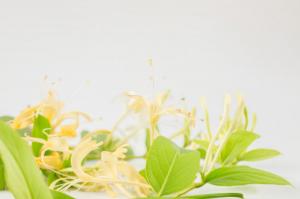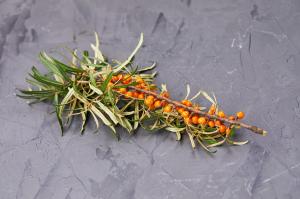DO YOU KEEP PLANTS IN PLASTIC POTS OR REPOT?
One of the most enjoyable aspects of indoor gardening is choosing a beautiful plant and figuring out how best to care for it. This includes deciding whether to keep the plant in the plastic pot it came in, or to repot it into a more decorative container. Here are some factors to consider:
THE BENEFITS OF PLASTIC POTS
Plastic pots are a popular choice for a reason – they’re inexpensive, lightweight, and come in a variety of sizes and colors. They’re especially useful if you plan on moving your plants around frequently. Additionally, plastic pots tend to hold moisture better than other types of containers, which is helpful if you tend to forget to water your plants regularly. They’re also a good option for plants that require more consistent watering, as the plastic will help to retain moisture in the soil.
WHEN TO REPOT
While plastic pots are convenient, there are times when it’s best to repot your plant. One of the most important reasons to repot is if your plant has outgrown its container. When roots become tightly bound, it’s difficult for them to absorb nutrients and water. Additionally, plants that are overcrowded in a pot may show signs of stress, such as yellowing leaves, in order to compensate.
THE BEST TYPE OF CONTAINER FOR REPOTTING
When repotting, it’s important to choose a container that’s the right size for your plant. You’ll want a pot that’s slightly larger than your current one, but not too big – too much extra soil can cause water to accumulate, leading to root rot. Additionally, make sure your chosen container has drainage holes at the bottom to allow water to escape. Terra cotta pots are a popular choice for repotting because they’re porous, allowing excess water to evaporate. However, you can also use other types of pots, such as ceramic or glass, as long as they have proper drainage.
HOW TO CARE FOR REPOTTED PLANTS
After repotting your plant, make sure to give it a thorough watering to help it settle into its new home. Additionally, monitor your plant closely over the next few weeks to make sure it’s adjusting well to its new environment. You may need to adjust your watering schedule or light exposure, as repotting can be stressful for a plant. Remember, the goal of repotting is to give your plant more room to grow and thrive, so don’t be afraid to give it a little extra TLC during the adjustment period.
FINAL THOUGHTS
When deciding whether to keep your plant in a plastic pot or to repot it, consider the size of the plant, the type of plant, and your own lifestyle. While plastic pots are convenient and useful, repotting can provide your plant with the room it needs to grow and flourish. Additionally, repotting can be a fun and rewarding experience, as it allows you to get creative with the types of containers you use. So, whether you’re keeping your plant in its original plastic pot or giving it a new home, remember to enjoy the process of caring for your indoor garden.

 how many times do yo...
how many times do yo... how many planted tre...
how many planted tre... how many pine trees ...
how many pine trees ... how many pecan trees...
how many pecan trees... how many plants comp...
how many plants comp... how many plants can ...
how many plants can ... how many plants and ...
how many plants and ... how many pepper plan...
how many pepper plan...

































